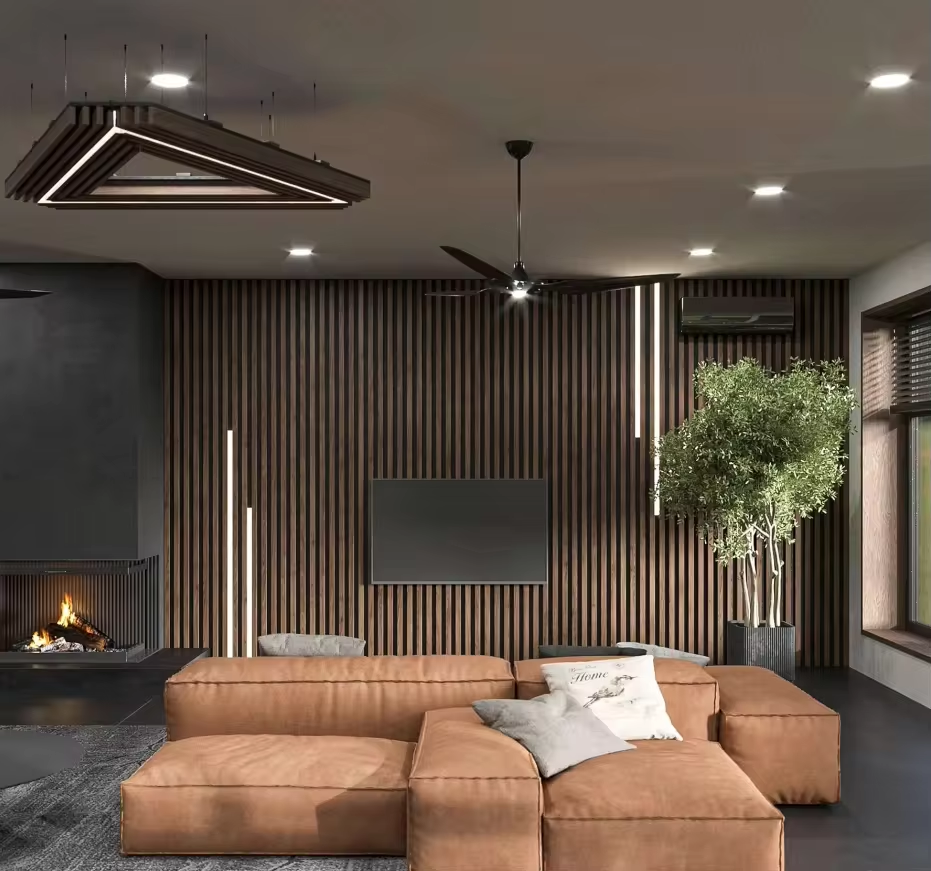The Use and Benefits of Wood Wool Panels
Wood wool panels, often referred to as excelsior panels or wood wool cement boards, are innovative building materials that have gained popularity in recent years for their ecological benefits and versatile applications. Made from a combination of wood wool (thin strands of wood), cement, and sometimes additives, these panels serve as a sustainable alternative to traditional building materials.
What Are Wood Wool Panels?
Wood wool panels are comprised of wood fibers that are bonded together with cement, resulting in a lightweight and robust construction material. The production process involves soaking wood strands in water before they are dried, allowing for the natural fibers to be processed into a workable form. Once a desired texture and density are achieved, the fibers are mixed with cement and formed into panels that can be cut to various sizes for different applications.
Characteristics of Wood Wool Panels
One of the most notable characteristics of wood wool panels is their excellent acoustic insulation properties. They are known for effectively absorbing sound, making them ideal for installations in spaces requiring sound control, such as theaters, offices, and schools. Additionally, their porous nature allows them to contribute positively to indoor air quality by regulating humidity levels in a room.
Wood wool panels also possess fire-resistant properties due to their cement content, making them suitable for various building requirements. They are lightweight, which facilitates easier handling and installation compared to heavier materials like concrete or plasterboard.
Moreover, wood wool panels are inherently durable and can withstand various environmental conditions. They are resistant to decay, pests, and moisture, ensuring longevity in construction applications.
Environmentally Friendly Choice
wood wool panels

In recent years, the construction industry has increasingly prioritized sustainability due to the growing awareness of climate change and the need for eco-friendly building practices. Wood wool panels are an environmentally sound option, primarily because they are made from renewable resources. By utilizing wood that is sourced from sustainably managed forests, manufacturers ensure that their products contribute to the responsible use of forest resources.
The production of wood wool panels also emits fewer greenhouse gases compared to traditional construction materials
. Their lifecycle analysis shows lower energy consumption from extraction to production, making them a more sustainable choice for builders and architects.Applications of Wood Wool Panels
Wood wool panels are versatile and can be used in a variety of applications. In residential settings, they can be employed as insulation in walls, ceilings, and flooring. Their acoustic properties make them an excellent choice for home theaters, music rooms, and open-plan living spaces that require sound management.
In commercial settings, wood wool panels can be used in office buildings to create a more conducive working environment. They can absorb unwanted noise while enhancing the aesthetic appeal of the space. Retailers also take advantage of wood wool panels as decorative wall features that add a natural texture to interiors.
Additionally, wood wool panels find use in industrial settings for sound dampening and thermal insulation. They are often used in factories or workshops where noise can be a significant concern.
Conclusion
Wood wool panels are a remarkable building material that combines functionality, sustainability, and aesthetic appeal. With their outstanding acoustic performance, fire resistance, and environmentally friendly characteristics, they present a desirable alternative to conventional construction materials. As the demand for sustainable building practices continues to rise, wood wool panels are likely to play a crucial role in the future of construction, appealing to both builders and environmentally conscious consumers. By investing in such innovative materials, we move towards a greener, more sustainable future while maintaining the necessary performance standards in our built environments.
